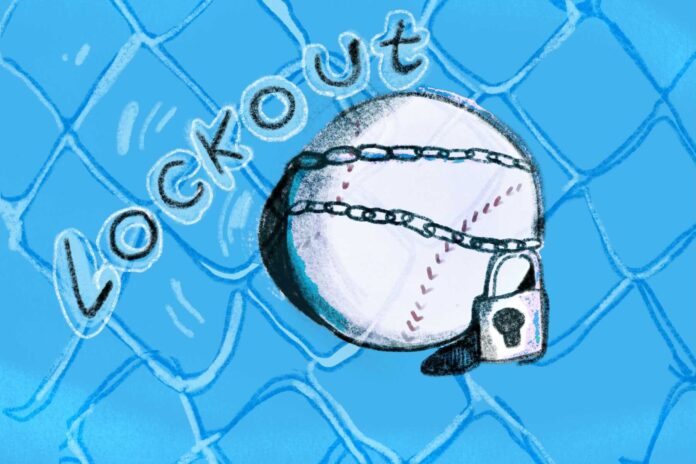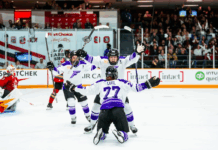You could see this coming from a mile away.
After the expiration of Major League Baseball’s collective bargaining agreement (CBA) on Dec. 2, team owners decided to lock out the players for the first MLB labour stoppage since 1995. Now, two months later, little to no progress has been made on a new CBA.
In fact, it took the two sides 43 days to even meet for the first time. Predictably, that meeting went nowhere. “The reaction among the players was not positive,” tweeted Jeff Passan, an MLB insider for ESPN. While the two sides have met a handful of times since and some concessions have been made, there hasn’t been much in the way of progress.
Is it perhaps a good sign both sides are talking in the first place? I guess. But if the conversations aren’t yielding much, maybe not.
Baseball labor update: There is no deal. There never was going to be one today. MLB made a proposal. The reaction among the players was not positive. Few on either side expected it to be. The question is how soon the MLBPA counters. Spring training starting on time is in peril.
— Jeff Passan (@JeffPassan) January 13, 2022
The bottom line is the longer the lockout goes, the worse things get for all parties. But if the situation isn’t resolved before regular season games are supposed to begin in late March, there’s only one big loser and that’s the fans.
The lockout went into effect on Dec. 1, 2021, bringing an end to the old CBA and 26 years of labour peace in baseball. This lockout was long anticipated by baseball insiders, as a cloud of uncertainty began to grow in the spring of 2020.
While the world was going through the early months of the COVID-19 pandemic, owners and players were discussing—often spitefully—the ground rules for playing a season with fewer games. Thankfully, that crisis was eventually resolved and baseball was able to get back on the field for a shortened 60-game season.
This clash is different, though. During the 2020 stoppage, there was action. There was an overall goal from both sides to play some version of a season, although owners sought to shorten the season to avoid losing money. This year, both sides seem thoroughly disinterested with finding a solution. Much like relatives who don’t get along, neither party seems willing to hear the other out.
Another difference is that the 2020 negotiations did not determine the fate of baseball for years to come. That season was a one-off, with pay structure, COVID-19 protocols and more only impacting one year before reverting to normal in 2021.
Not this time around. This deal will be in place for the next five years and both sides will undoubtedly want to see their demands taken care of when a resolution does come. That is why these agreements are so important to both sides. However, the owners and players are not making any real progress towards a deal with spring training looming on the horizon. Again, in all of this, the fans remain the main losers.
The last MLB work stoppage is a prime example of how fans will suffer. The 1994-95 strike led to the cancellation of the 1994 World Series for the first time in nearly 100 years and left many potential historic feats unresolved.
Would Tony Gwynn become the first player since Ted Williams to hit .400? Would Matt Williams break Roger Maris’ single-season home run record of 61? Would the Montreal Expos win their first World Series and the third consecutive championship for a Canadian team? Fans will never know.
That work stoppage was ugly. Dave Stewart, who played for the Toronto Blue Jays in 1994, called it “one of the most embarrassing moments that’s ever happened to Major League Baseball.” The stoppage also had massive ramifications that took years to recover from. Average attendance, sitting at a then-record 31,256, took a decade to recover after the strike.
The strike also abandoned fans. Shutting down a sports league during the season with the playoffs a month away for reasons unrelated to the pandemic would be devastating.
Today’s version of MLB must avoid a situation like this at all costs and figure out a way to play games for the sake of fans. The only way for the season to happen is for serious, productive talks to ramp up in a major way — before it’s too late.
Featured graphic by Sara Mizannojehdehi.






